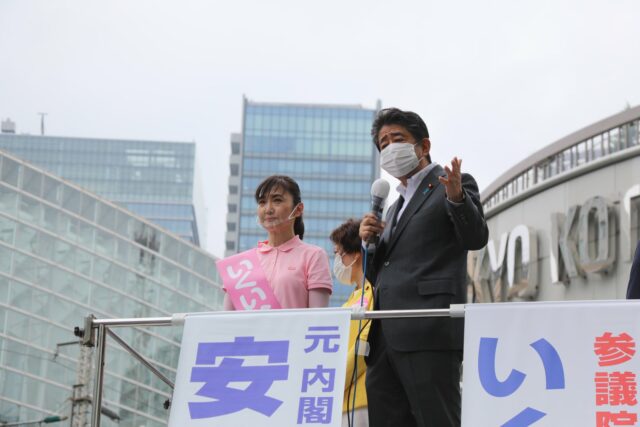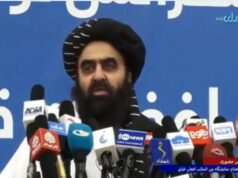NEW DELHI: Shinzo Abe’s death at the hands of an unemployed 41 year old man wielding a “hand made” gun, beggars the imagination. He apparently had a grudge against the “organisation” Abe represented, which organisation is not clear. Other reports said he was a former member of the Maritime Self-Defense Force. Curious, 90 years ago a Japanese prime minister was killed by naval officers.
Abe was Japan’s longest serving prime minister with eight years in the saddle and had stepped down in Sept 2020 after an old bowel ailment returned. But it was also rumoured that he was tired, worn down by the scandals that had overtaken some of his political appointees, also electoral losses. He was reportedly disheartened by his inability to revise Japan’s pacifist constitution or secure the return of the islands captured and held by Russia since World War II.
In India he will be remembered for the commitment he made to this country, with no less than four official visits, unusual for any Japanese prime minister. While much is made of his friendship with Narendra Modi, Abe will stand out for his readiness to transfer Japan’s Shinkansen high speed rail technology to India.
Abe, it is said, personally steered his government’s decision to invest $35 billion in India’s infrastructure, from spanking new roads and highways to smart cities and cleaner rivers. He also brought on board Japan’s vocal tribe of nuclear hawks to sign a civil nuclear power agreement with India. Although that has not moved forward, credit to his vision and powers of persuasion.
He initiated the Quadrilateral Security Dialogue in 2007 and although it lost momentum thereafter, was able to see it emerge as a major counter to China’s muscular approach to the Indo-Pacific. Add to that his seminal “Confluence of the Two Seas” speech in August that year in India’s Parliament, which he said was intended for “the one billion people” of this country. It laid the ground for his concept of the Indo-Pacific. He told Washington to end its “strategic ambiguity” regarding Taiwan and make it clear it would defend Taiwan from a Chinese invasion.
At home Abe pursued an aggressive monetary policy with structural reforms to boost competitiveness and economic growth, dubbed “Abenomics”. Did it work? The jury on that is still out but he did bring more women into the workplace and even claimed to have made four million jobs. He also made it easier for immigrants to work in Japan.
Abe pushed Japan into the TPP, signed a free trade agreement with the EU and even a “mini trade deal” with the Trump administration. While the results were mixed, Abe ended Japan’s image as an isolationist country to one that was willing and eager to do business with the world. Abe, although he was no longer in power, will be missed.
Traveller, bibliophile and wordsmith with a yen for international relations. A journalist and budding author of short fiction, life is a daily struggle to uncover the latest breaking story while attempting to be Hemingway in the self-same time. Focussed especially on Europe and West Asia, discussing Brexit, the Iran crisis and all matters related is a passion that endures to this day. Believes firmly that life without the written word is a life best not lived. That’s me, Ashwin Ahmad.





